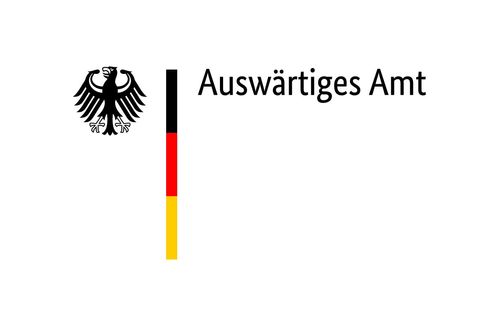Musée d‘ethnographie de l‘Université de Bordeaux
Kutkynniaku and fox-woman
Told by Varvara Belousova, Palana.
[ … 3:36] “'We will flap our wings like this. And then we will fly up to the place where the river is all blue.' And then one of the seagulls said, ‘Tu-uk’, and they dropped the vixen. Finally, she got out of the water, and it was difficult for her to get ashore. ‘But what should I do? It's terrible!’ And very sadly, she took off her clothes. She dried everything. And the sun shone and burned. Then she took out her eyes and hung them on the tree to dry too. Then she lay down and began to snore.
''At that time, Kutkynnaku wanted to go traveling.'Yes! Mity, give me the crow's belt!' – 'Where are you going, Kuke?' – 'I'm just going for a walk. Give me the crow's hat.' So Kutkynnaku set off. Then he met Fox-Woman: 'Oh-ho-ho, the old mistress is sleeping! Kutkynnaku looked at her for a long time. 'What should I do with you?' So he went to the river, took some water in his mouth and returned. Ha-ha-ha-ha-ha! The old mistress, sleeping naked! And he splashed the water on her.
But what happened to the fox woman? She doesn't know where to find her eyes again! They are hanging in the sun on the tree! Poor thing, she ran away and didn't know where she was going. Then she met the blueberry women. She borrowed berries from them and wanted to put them in her eye sockets. She measured everything, but they didn't fit. She then went in another direction and met the Crowberry Women, from whom she also borrowed berries. They fit better and stuck. And so she made her way back and followed her eyes until she came to Kutkynnaku. He was stumbling around in the mud by the river, getting himself all dirty. 'Oh, Kutkynnaku, you were making fun of me. You splashed water on me!' – 'Ha, ha, old sweetheart! I have left you.' I only came here like this! And he laughs. She then took her eyes and dipped them in the river and finally put them in.”
Recorded by Erich Kasten, Palana, 2000.
This is an example from the rich tradition of narratives about Kutkynnaku and his family, which – in comparison to the dance sketch – also shows how individual motifs were modified and continuously developed in a variety of ways.



